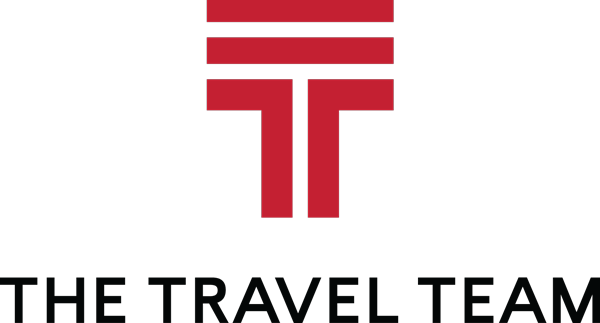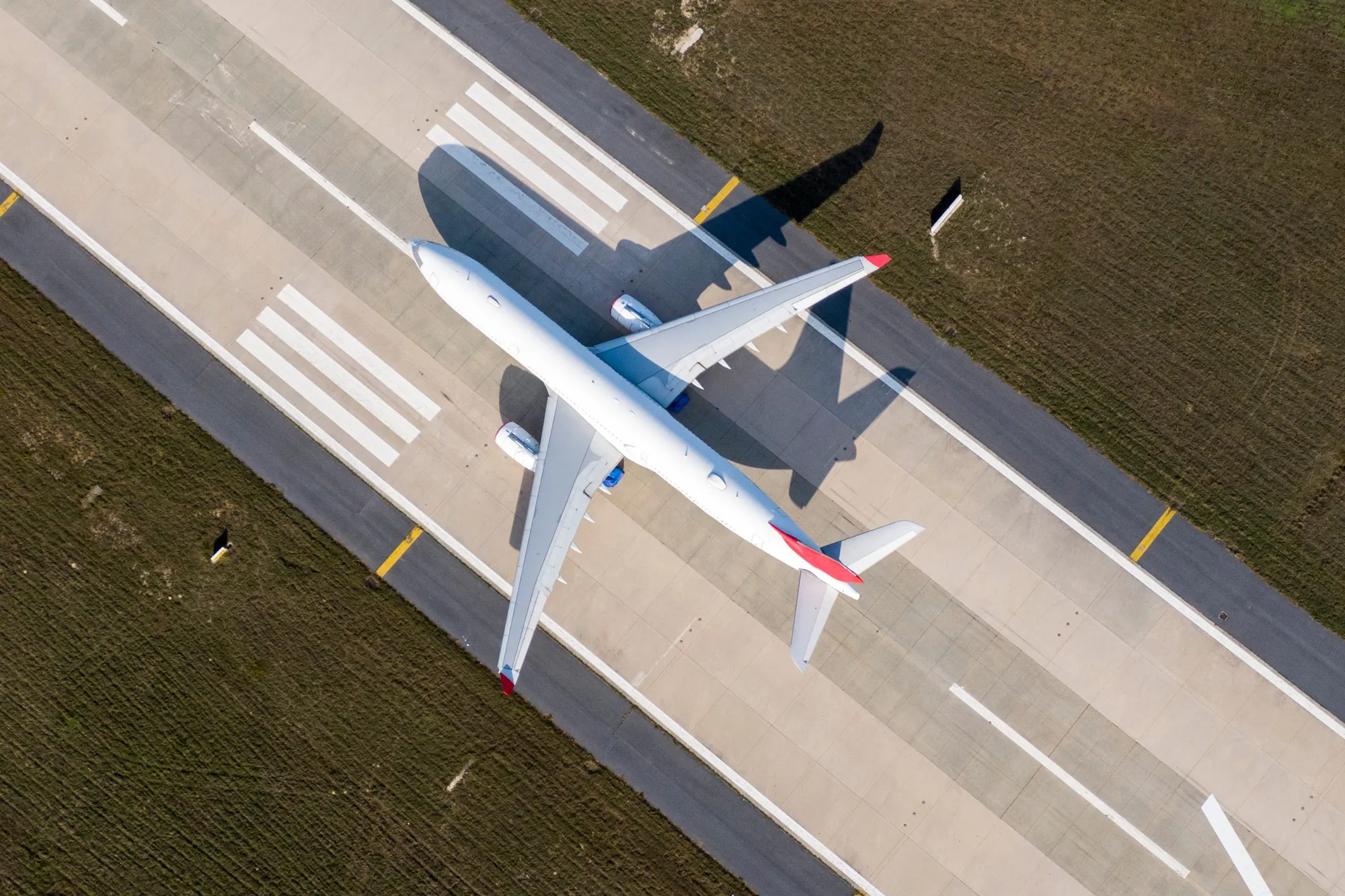In 2025, the airline industry will continue to change in ways that require travel programs to be proactive, with modest rate increases, retailing technology, sustainability, and carrier-specific shifts all playing a role in the state of corporate air travel. Overall, capacity is increasing—particularly in North America—and leisure demand is leveling off, both good signs for corporate availability. Production issues at Airbus and Boeing could impact airlines’ ability to meet demand as time goes on. On a global scale, we see carriers consolidating and announcing new codeshare agreements, which could impact your travelers’ options this year.
Global Fare Forecast
Fare increases are predicted to level off this year, continuing 2024’s trend toward stable airfares. However, several factors are increasing carriers’ costs—including new labor contracts with both pilots and flight attendants and the role of geopolitical tension on fuel prices—which could eventually be passed on to customers. Some airlines address increased costs with surcharges; businesses may see fuel, environmental, and Global Distribution System (GDS) surcharges on tickets. Additionally, some traditionally low-cost carriers are investing in an improved travel experience in order to capture premium customers’ interest. These updates may increase the cost of flying with these airlines for all passengers over time.
North America
This year, expect fares for flights within North America to increase between 2 and 3% for both business and economy tickets over 2024 levels. Changes in the cost of flying internationally will depend on where travelers are headed.
- Fares to South America will decrease as much as 8% (in economy)
- Business class fares to Asia and Europe will increase (2.2 and 1.5% respectively) while changes for economy tickets will be less than 1%
While major, full-service carriers are growing, regional and low-cost carriers are facing challenges in both Canada and the US. Consider the impact these changes may have on travelers with regional responsibilities or who commute via air travel.
Europe
When flying within Europe, fare increases will be very similar to those seen within North America. Flying from Europe to the Middle East or Asia will see rates increase significantly, more than 8% in some situations.
Middle East
Within the Middle East, fares will increase about 1% for business class and 3.7% for economy.
South America
In South America, economic factors and industry shifts are impacting rates, which will increase for both business and economy class travelers within the continent.
Asia
Economic and political factors are suppressing prices in Asia, particularly China and Japan. Business class fares may decrease slightly within Asia; in economy, fares within Asia will see a reasonable increase (2.3%) while flights to Australasia stand out with a significant predicted cost increase of 12%.
Australasia
Here, fares will see large increases both domestically and internationally while the industry tries to accommodate demand with new routes and infrastructure. In Australia, domestic prices are predicted to increase by 7.8% in business class and 13.7% in economy. Similar increases will be noticeable when flying from Australia to New Zealand and Asia.
Retailing Technology
Travel managers can expect a hybrid approach to retail from most carriers, with a combination of EDIFACT and NDC content. This year, we’ll see further content fragmentation, dynamic pricing, and an evolution of bundled fares. These changes may be most prevalent when flying United Airlines; you and your travelers can expect to see frequent fare fluctuations when booking with the carrier as it uses AI to dynamically price its offering.
Also consider how AI technology could play a role in optimizing your bookings this year, as carriers do the same. Both airlines and third party tools will continue to integrate artificial intelligence to offer more advanced retailing capabilities, including determining thresholds for premium offerings and other revenue management strategies.
Sustainability Targets
Many companies within the travel industry have 2030 deadlines for their sustainability targets, including airlines. In 2025, we’ll see more sustainability initiatives as carriers work to meet these upcoming deadlines, such as increased use of sustainable aviation fuel (SAF). If your organization has its own sustainability targets, consider strategic itineraries that include direct flights and newer planes as well.
New Refund Policy
New regulations from the Department of Transportation (DOT) give travelers impacted by changed or canceled flights more protection. Now, travelers with a canceled or significantly altered flight are entitled to an automatic refund from the airline. The policy also includes compensation for delayed baggage and any amenities or services that were paid for and not received.
REAL ID Requirements
REAL ID requirements for domestic flights go into effect on May 7, 2025. Now, all domestic travelers will need a REAL ID to pass through airport security. REAL ID-compliant identification includes:
- REAL ID compliant driver’s license (or other state ID)
- United States passport or passport card
- Department of Homeland Security Trusted Traveler Card, including Global Entry, NEXUS, SENTRY and FAST
Updates from Major Carriers

American Airlines
What businesses need to know:
American Airlines’ (AA) attempt to pivot away from business travel last year had disastrous results. The carrier is now working to repair relationships with corporate travel programs. AA will continue to expand its corporate offering in 2025, leading to greater engagement with corporate customers and making corporate agreements more accessible.
What travelers need to know:
The airline’s new approach to corporate travel has reduced the content fragmentation travelers experienced in 2024 due to AA’s aggressive NDC strategy. Travelers will see more consistency as AA repairs its corporate relationships.

Delta Air Lines
What businesses need to know:
Delta Air Lines is taking a sustainable approach to its introduction of NDC to the market. This thoughtful strategy continues to make the carrier a stable partner for corporations in 2025.
What travelers need to know:
Product updates like improvements in WiFi and inflight entertainment will continue to position Delta as a premium option for travelers.
Southwest Airlines
What businesses need to know:
Southwest Airlines will see dramatic changes in product offerings beginning in 2025. To start, open seating will be replaced by assigned seating and the subsequent introduction of premium seating offerings. These changes may result in corporate agreement adjustments and increased costs, necessitating corporate policy updates.
What travelers need to know:
Travelers will need to be educated on these changes when traveling with Southwest to prevent confusion and poor traveler experience. Southwest will need to aggressively communicate with travelers to mitigate reputational risk.
United Airlines
What businesses need to know:
United Airlines (UA) introduced its Blueprint program last year to simplify corporate agreement maintenance. However, agreements under the new corporate program may not be as beneficial to businesses as legacy programs.
What travelers need to know:
UA is leveraging NDC functionality in ways that are more impactful to customers than its competitors, resulting in content fragmentation and dynamic pricing. Travelers can expect frequent fare fluctuations; pricing discrepancies will be more common with UA than other airlines.


